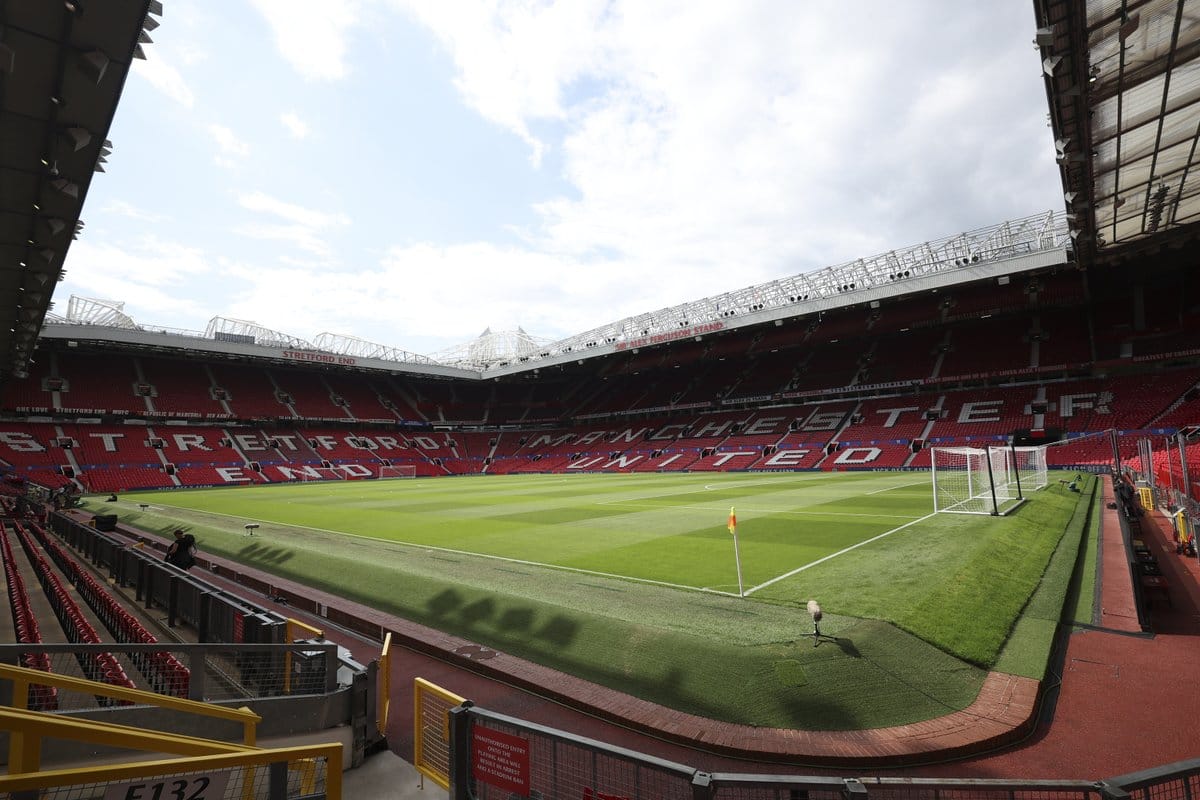Louvain-la-Neuve (Belgium), Jan 18 (360info) Ski resorts in Europe’s Alps are confronting a snow problem. Solutions won’t just fall from the sky.
As a child, our family would go to the Ardennes in central France for the winter break. My memories are of us skiing or sledding in the snow, which usually lay thick on the ground.
The Ardennes range between 350 and 500 metres above sea level on average but, sadly, the snow cover of my childhood is no longer a reality.
In January, the European Union’s climate research body, Copernicus, confirmed that 2023 was the hottest year since records began in 1850. It was 1.48 degrees Celsius warmer than the pre-industrial level, bringing the world dangerously close to the Intergovernmental Panel on Climate Change’s 1.5 degrees Celsius threshold.
With increasing temperatures, this implies that precipitation that used to fall as snow, might now fall as rain which is incredibly unfavourable to snow cover as it accelerates the melting of the little snow there already is.
This has dire consequences for the snow playgrounds in Europe and elsewhere, and for the sports which rely on them.
In the past two years, there has been a large snow deficit across several regions of Europe.
For every 1 degrees Celsius increase in air temperature, snow cover is reduced by 8 per cent. In other words, not only is snow cover shrinking in many regions of the world due to global temperatures rising, but when it snows, there is less of it.
By 2050, no matter what happens with global carbon emissions, models predict a shorter snow season by a few weeks and a reduction in the snow height of around 10 to 40 per cent at low and mid altitudes (up to 2000m).
This dire lack of snow accumulation in the winter translates into greater glacier melting in summer. Glaciers, lacking their snow blanket, melt more readily under the increasingly warm temperatures, which means poorer conditions at the start of the following winter for snow to accumulate (snow “survives” better on a cold ice surface than on warm rock/sediments).
In order to continue providing the same tourism industry (which is perhaps a maladaptation, see later), ski resorts will need to continue investing in artificial snowmaking and increased piste grooming. This in itself has a knock-on effect of increasing their carbon footprint.
In France, 80 per cent of ski resorts are already equipped with snow cannons. Piste grooming helps in maintaining skiing conditions longer as groomed snow is more compact and therefore melts slower.
However, these adaptations have a climatic cost. In ski areas, the carbon budget is dominated by snow ploughs (60 per cent of a ski area’s total carbon budget) and snow cannons (25 per cent).
These are what we call maladaptations as their use solves the immediate issue of reduced snow cover, but in the longer term increases the issue by pumping more greenhouse gases into the atmosphere. Some adaptations might also become obsolete quickly due to rising temperatures such as snowmaking, which can only occur when air temperatures are below -2 degrees Celsius.
Some ski areas in Switzerland and Italy take these maladapted solutions to the extreme, such as covering glaciers in white plastic tarps in the summer to ensure their survival and reduce the amount of snowmaking needed in the winter.
However, this solution impacts flora, fauna, carbon emissions and contributes to microplastic pollution when they degrade.
There are other big contributors to carbon emissions at ski resorts, such as the mode of transport vacationers use (in the Alps this is mostly cars) to get to the resort (60 per cent of the carbon budget of a skiing resort).
Then there is the negative impact the skiing industry has on biodiversity.
Snow cannons, for example, consume about 4000 cubic metres of water per hectare of snow, which has a significant impact on water resources, diminishing water available for human consumption, local fauna and flora and agriculture. Snow cannons are also incredibly loud and disruptive to wildlife.
Permanent reservoirs are often built to store water for snowmaking, which destroys the local habitat where they are built. The same goes for ski lifts and high altitude huts. Constant grooming of the pistes compacts the snow more than it would compact naturally with successive snowfalls, therefore melting more slowly in the spring and shortening the time that flora has to grow and bloom when water is readily available.
According to the latest climate model simulations, all mountain glaciers will lose 25-40 per cent of their mass by 2100. Snow cover is shrinking both in terms of amount (snow height) and duration, to the order of five days per decade. The predictions are pessimistic for the smallest glaciers which are less resilient and will therefore disappear first. By 2100, we might see 94 per cent of the European Alps deglaciated.
This will impact winter mountain sports. Downhill skiing, with its heavy environmental footprint, could find itself neglected to the advantage of winter sports with a lesser environmental impact such as snowshoeing and cross country skiing, neither of which require ski lifts or piste grooming.
Ski resorts are already looking to diversify away from just downhill skiing, with some eyeing off summer activities, such as hiking and mountain biking (which could also put ski lifts to use).
Despite the annual snow trips as a child, I was a relative latecomer to serious skiing, only taking my first class in 2018. I entertained my friends a lot that year making all those rookie mistakes (including getting stuck hanging upside down from a ski lift). But as the snow retreats, and while my children might have a chance to experience these things on future trips to winter resort areas, it’s more likely they’ll be mountain biking or hiking. (360info.org) PY PY
Source: PTI News













